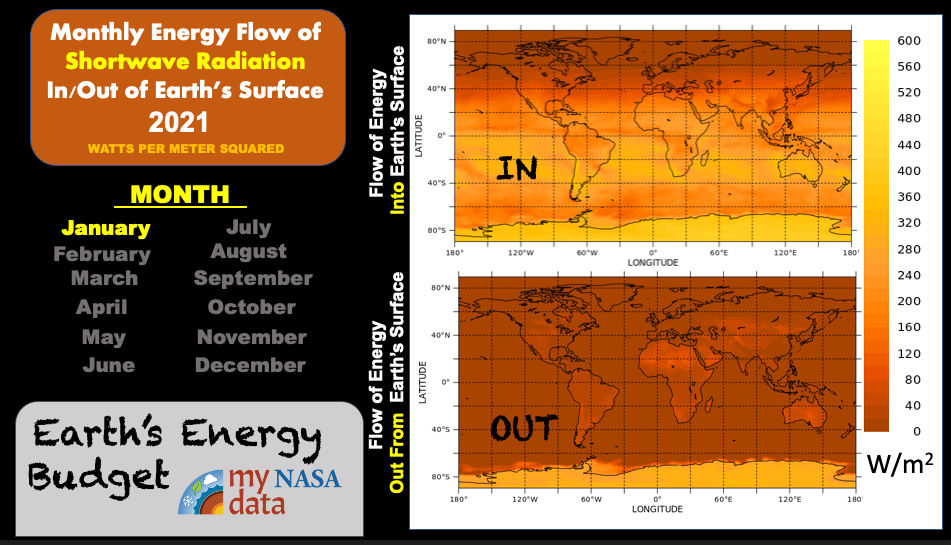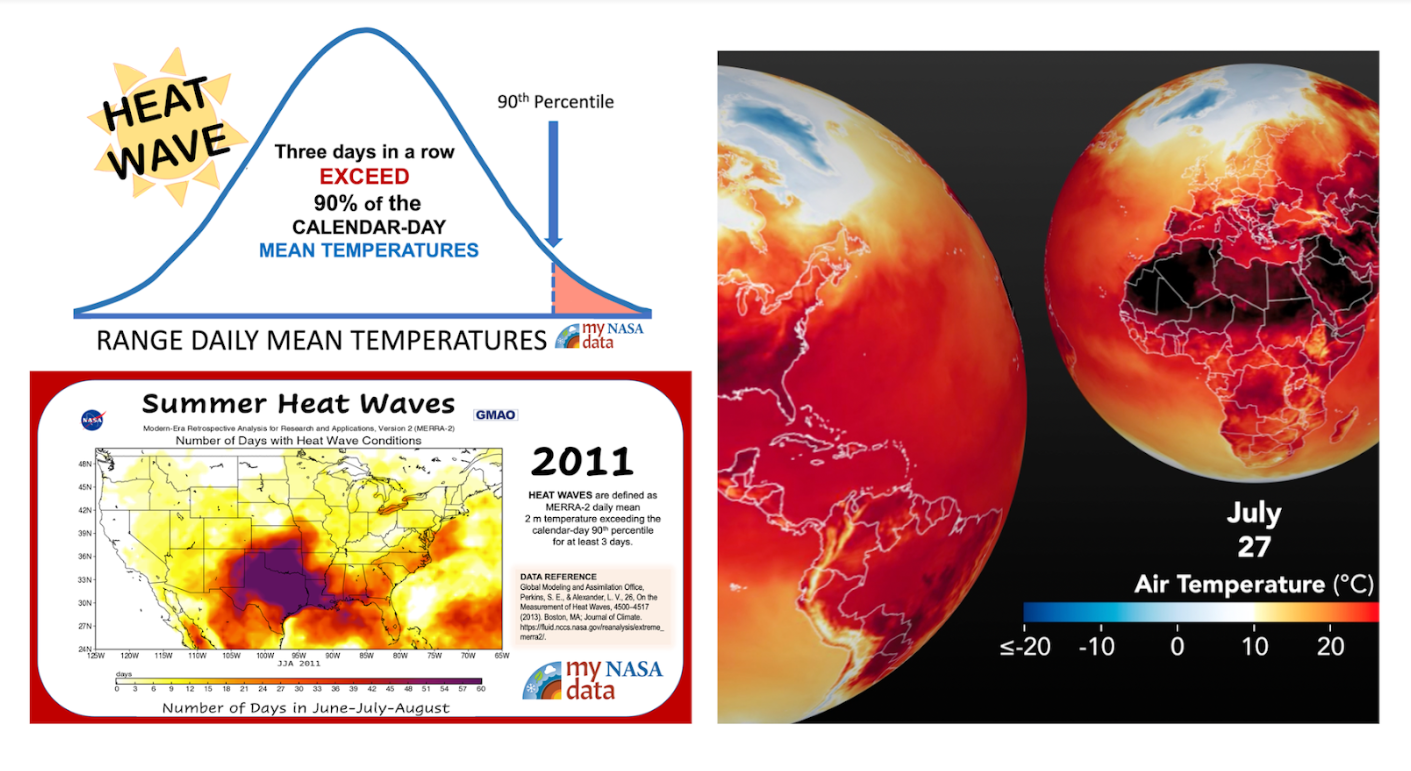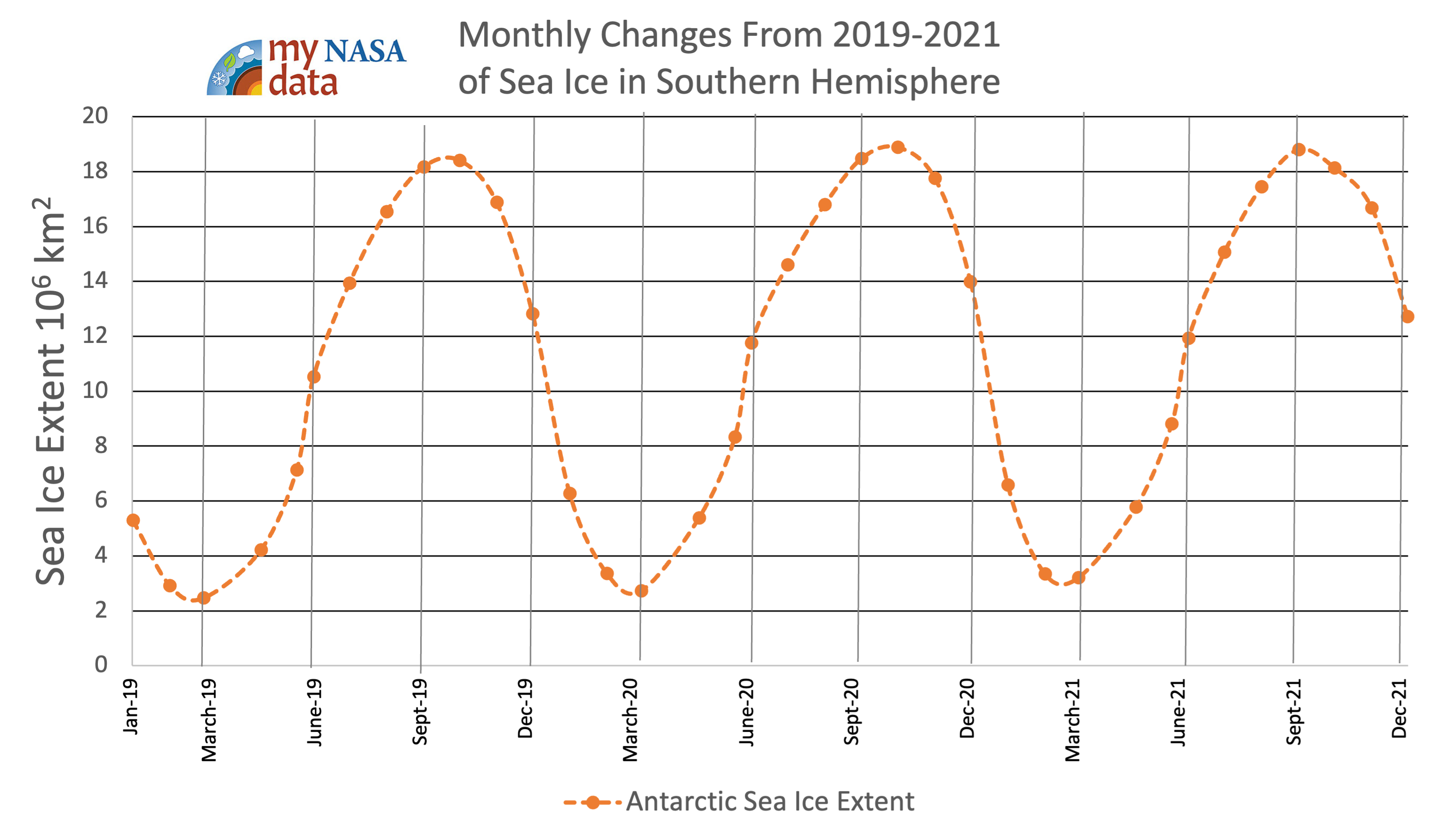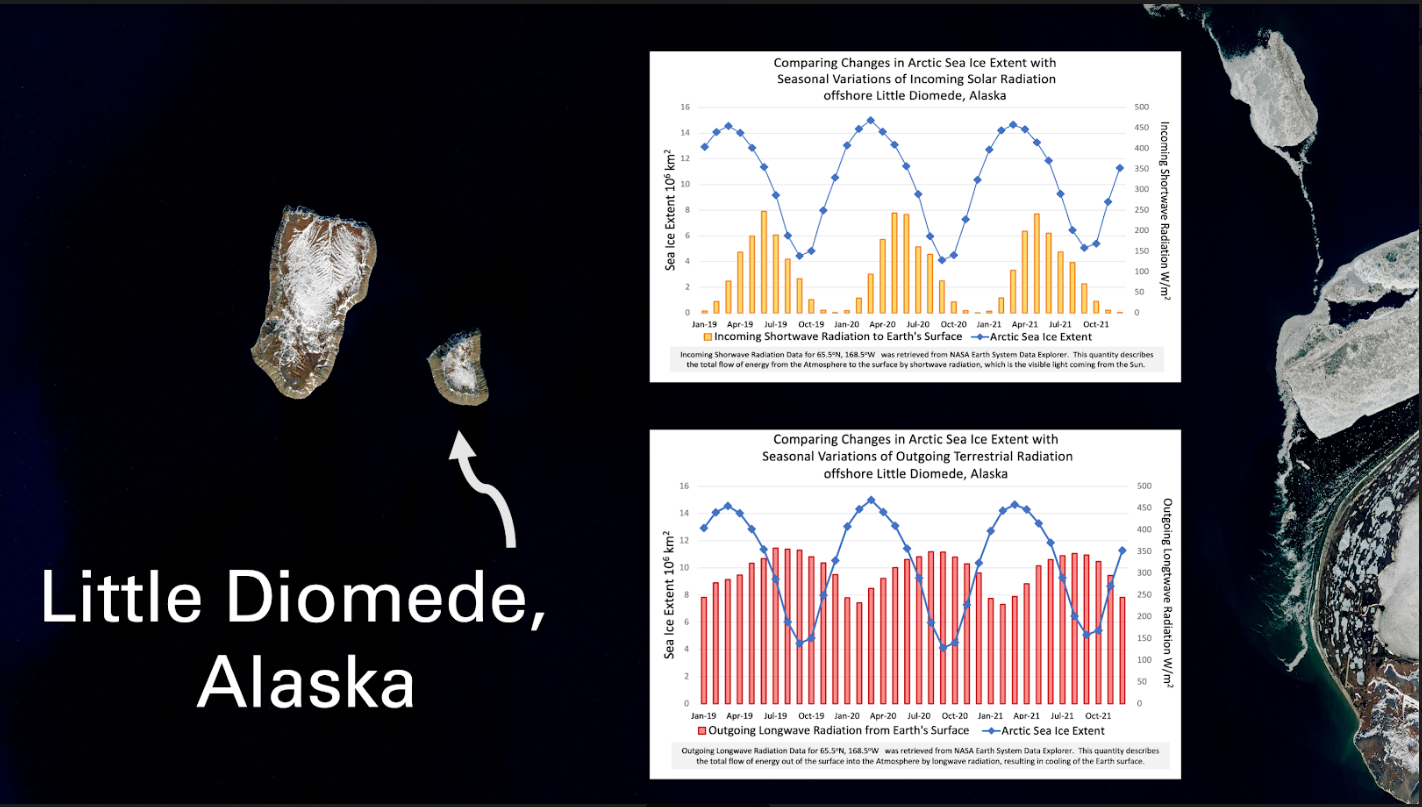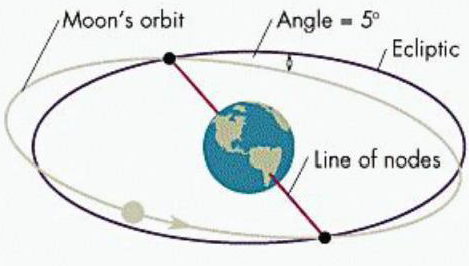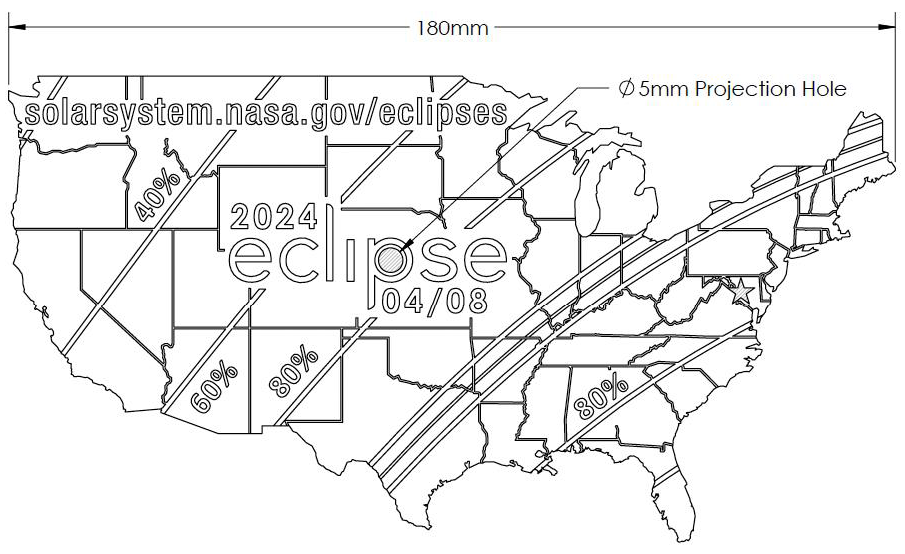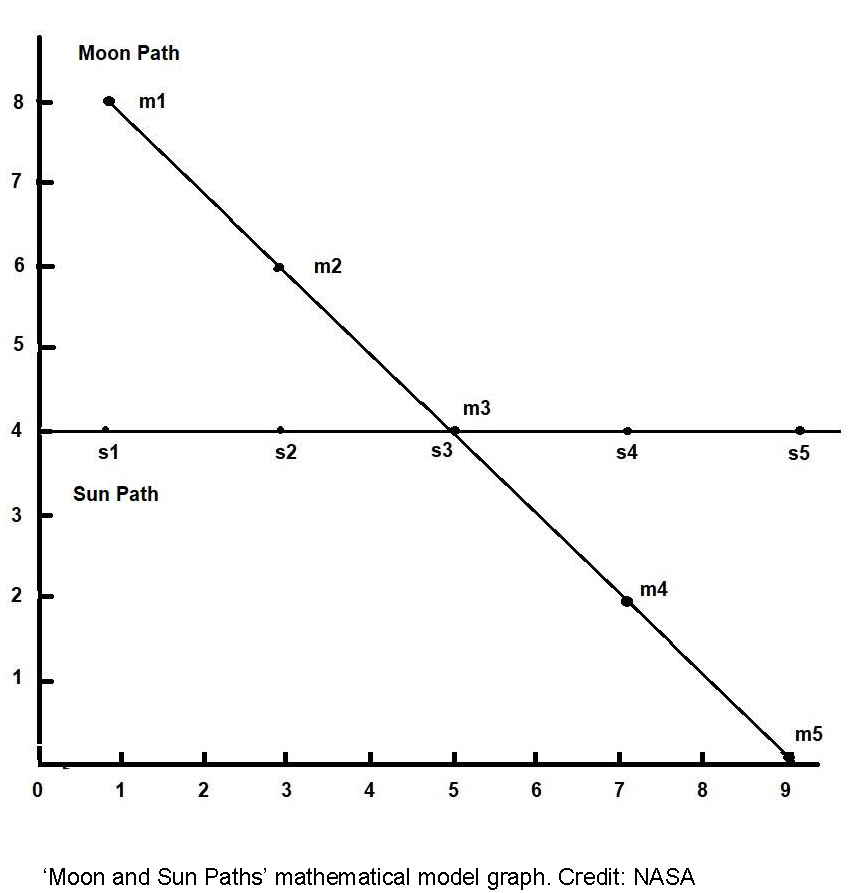Students construct explanations about Earth’s energy budget by connecting a model with observations from side-by-side animations of the monthly mapped data showing incoming and outgoing shortwave radiation from Earth’s surface.
List of all Earth as a System Lesson Plans




The extreme temperatures during July 2022 prompt students to investigate a model that displays historical heat wave frequency data to discover the importance of defining terms when interpreting data.
Guided by the 5E model, this lesson allows students to work together to uncover how changes in sea ice extent in the Arctic and Antarctic regions are connected to Earth’s energy budget.
Students use albedo values of common surfaces along with photographic images of Earth taken from the International Space Station to make an argument about specific anthropogenic activities that impact Earth’s albedo.
This lesson contains a card sort activity that challenges students to predict relative albedo values of common surfaces.
Students consider the impact of changing conditions on the remote island of Little Diomede, Alaska after they investigate the relationship between seasonal trends in sea ice extent with shortwave and longwave radiation flux described in Earth’s energy budget.
In this activity, students will analyze past and future eclipse data and orbital models to determine why we don’t experience eclipses every month.
In this activity students will learn several ways to safely observe a solar eclipse.
In this activity, students will compare the methods scientists use to study the Sun, including drawings made during a total solar eclipse in the 1860’s, modern coronagraphs, and advanced imagery gathered by NASA’s Solar Dynamics Observatory.
In this activity, students will model the geometry of solar eclipses by plotting a few points on a piece of graph paper, and using quarters and a nickel to represent the Sun and Moon (not to scale).






